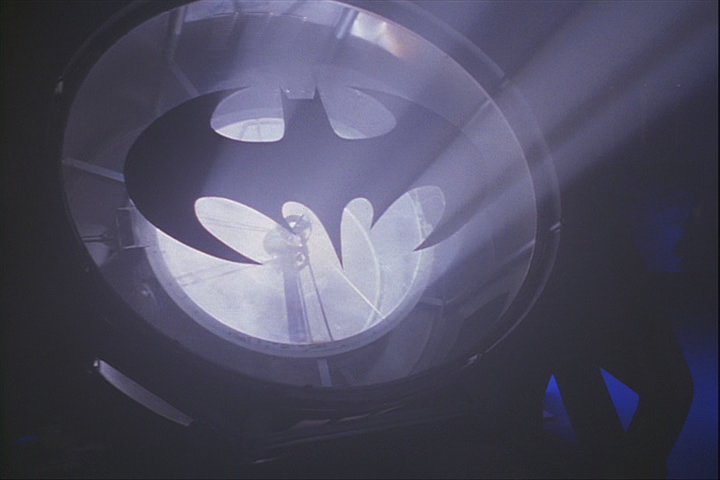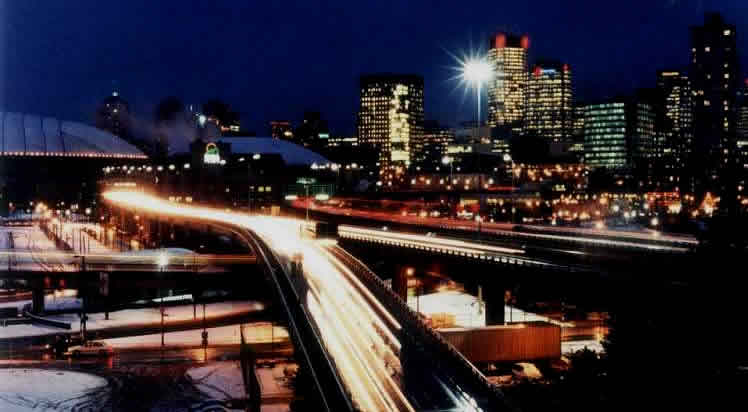


Contact:
Updated:
12.06.04
Spatial Analysis
Multi-Criteria Evaluation
The MCE is done by utilizing the Decision Wizard within IDRISI.
Spatial constraints to the evaluation: The 2001 census GVRD raster file (lancon.rst)
MCE Factor Manipulation
MCE factors |
Input File Name |
Fuzzy |
Factor Standardization |
Output File Name |
GVRD income rates |
income.rst |
Yes |
Monotonically increasing - Sigmoidal |
|
GVRD population density |
popdens.rst |
Yes |
Monotonically decreasing - Sigmoidal |
|
GVRD major waterway cost distance |
water_costdist.rst |
Yes |
Monotonically decreasing - Sigmoidal |
|
Downtown Eastside cost distance |
dtes_costdist.rst |
Yes |
Monotonically decreasing - Sigmoidal |
Analytical Hierarchy Process (AHP)
|
incomefuzz |
popdensfuzz |
waterfuzz |
dtesfuzz |
 |
incomefuzz |
1 |
|
|
|
|
popdensfuzz |
1/3 |
1 |
|
|
|
waterfuzz |
1/5 |
1/3 |
1 |
|
|
dtesfuzz |
1 |
3 |
5 |
1 |
Calculated Weights: Module Results
The eigenvector of weights is :
incomefuzz: 0.3899
popdensfuzz: 0.1524
waterfuzz: 0.0679
dtesfuzz: 0.3899
Consistency ratio = 0.02
Consistency is acceptable.
MCE Result
Result image output: batcave.rst
Selected best 200 Acre (neighbourhood sized) area for objective result output: best area for batcave.rst.
Least Cost Pathway
Least Cost Pathway Model was used to produce a least cost pathway from potential residency areas to the Downtown Eastside
- First step was to separate the different optimal areas into unique identities using the group module
- Assign the area of focus through the means of a Boolean classification
- Import and convert the road raster layer (roads.rst) to a integer binary file using the convert module
- Assign friction values to the roads depending on the type of roads:
Road ID |
Road Type |
Friction Value |
 |
0 |
Non-Road |
999 |
|
1 |
Expressway |
2 |
|
2 |
Primary Highway |
4 |
|
4 |
Major Road |
8 |
|
5 |
Local Road |
64 |
|
6 |
Trail |
256 |
- The road friction layer (road_friction.rst) is then converted back to real binary where it can be combined with the source area (cave#.rst) to computate the cost distance using the cost module
- The pathway module is then used to interpret the best pathway between the source area and Downtown Eastside (downtowneastside.rst)
- This pathway (leastcost#.rst) is the vectorized into a line (batpath#.vct)


